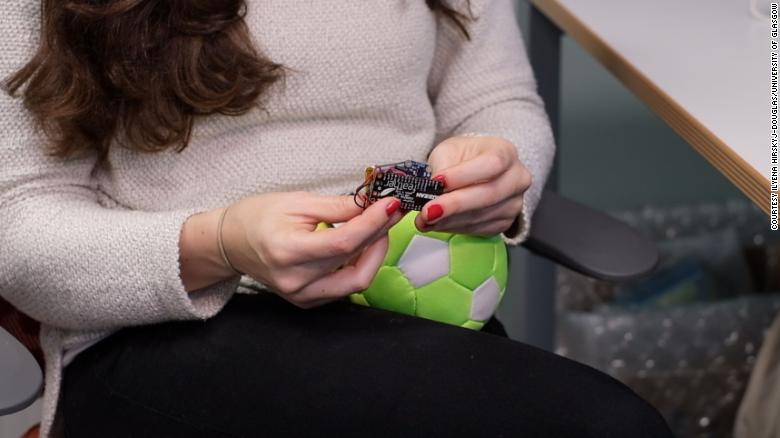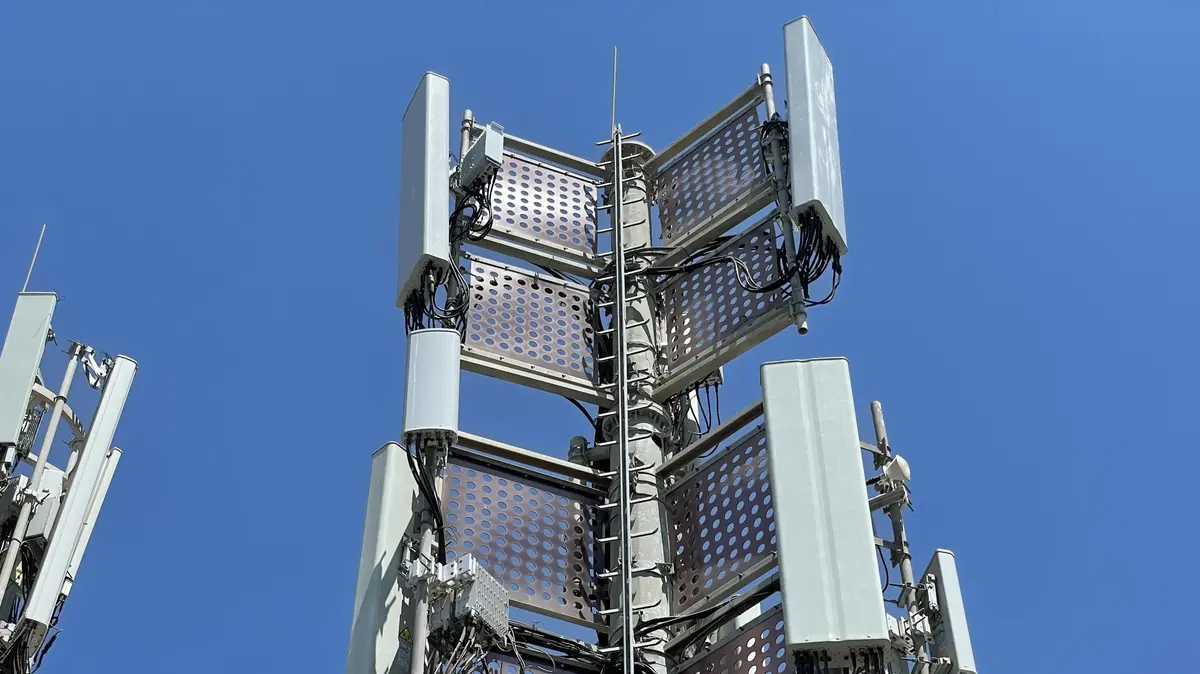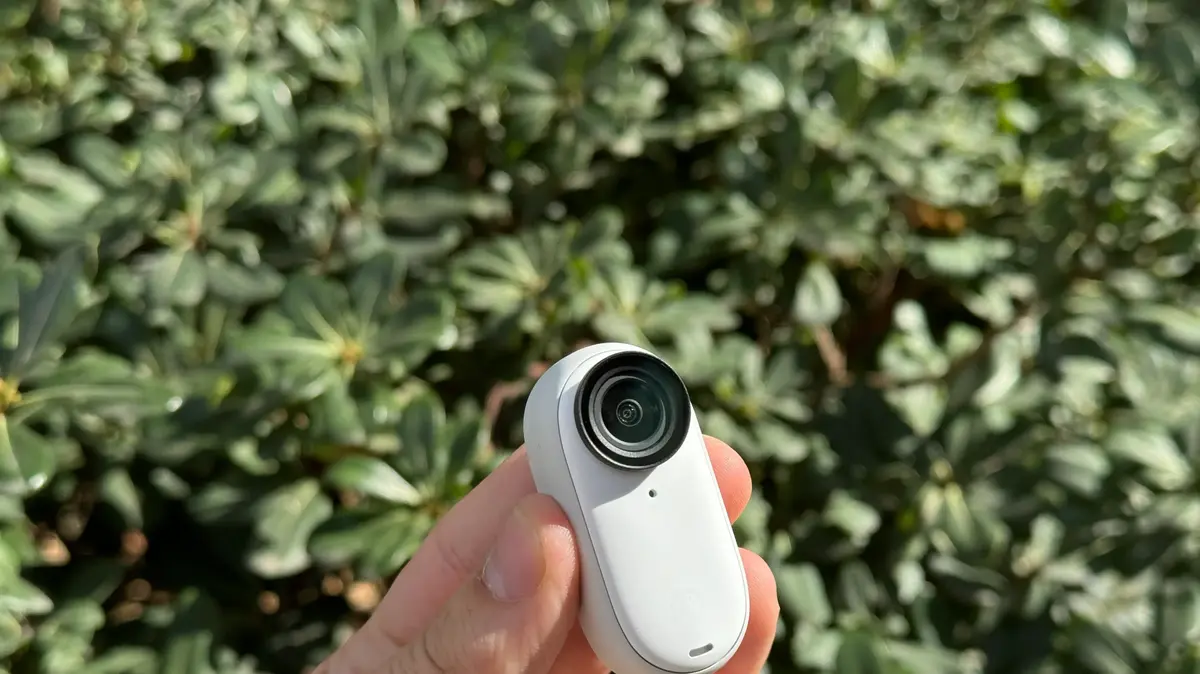This dog travels all over Istanbul by public transport 1:01
London (CNN) -
Going behind sticks and chewing on bones is a thing of the past.
Today's dogs have much more exciting options when it comes to hobbies, like video calling their owners.
And who made dogs online?
DogPhone inventor Ilyena Hirskyj-Douglas, Professor and Assistant of Animal and Computer Interaction at the University of Glasgow, Scotland.
Hirskyj-Douglas in a video call with Zach, who is holding the ball that triggered the call.
Hirskyj-Douglas observed that in today's pet technology market, the user experience is centered on the owner, rather than the dog, and so he set out to change that.
After creating and testing his device, he published his findings in a research article for the Association for Computer Machinery Digital Library, and says they are especially relevant at a time when some pets experience separation anxiety after spending months with their owners for years. the pandemic.
"No one has really done this kind of thing before," Hirskyj-Douglas told CNN.
"Where do we start doing things from the dog's point of view?"
To answer that question, he didn't have to look too far - his own 10-year-old black Lab, Zach, provided him with vast inspiration on how such a communication device might work.
With the help of researchers from his former workplace, Aalto University in Finland, Hirskyj-Douglas created the DogPhone, a sensor hidden in a ball that triggers a video call from a computer every time it moves.
advertising
The surprise of a Peruvian family to discover that their dog was actually a fox
Although Hirskyj-Douglas isn't entirely sure that Zach was aware of him calling her every time he used the ball, she says she never trained him to use it, and believes more dog-centric technology is needed on the market.
"The way devices are made for dogs today is not the same as for humans - we treat them a bit like they have no decision-making capacity," he says.
"The animals that we have in our lives are much smarter and deserve much better technology than we have for them."
Hirskyj-Douglas holds the sensor that triggers a video call on the DogPhone.
Conscious or not, Zach kept Hirskyj-Douglas's phone ringing: at the end of the experiment, he called her up to five times a day.
But when she tried to call him, he didn't always respond, which he could do by moving the ball.
"I went into this with a very open mind," Hirskyj-Douglas said.
"At first I kept thinking about that famous quote, 'he doesn't like you that much', when I called him and he didn't answer."
However, knowing that Zach had his phone a leg away also had its downside: Hirskyj-Douglas said she came to expect calls from her dog at certain times and made her nervous if she didn't call him.
Ultimately, the researcher plans to focus on her day-to-day work, but says she will continue to explore dog-centric devices in her work and would love to partner with organizations to implement them.
Although Hirskyj-Douglas and Zach will continue to work together on new technology, they have their ups and downs just like any human and their dog.
"My dog is a great sniffer, he eats grass, he goes around, this kind of thing," he said.
"He's a very independent dog. So I say we go for walks together, but he's usually on his own walk, separate from me."
Electronic DevicesDog









